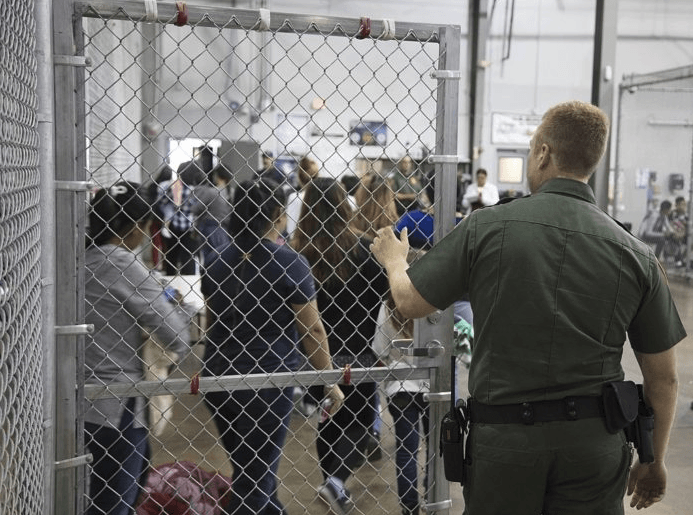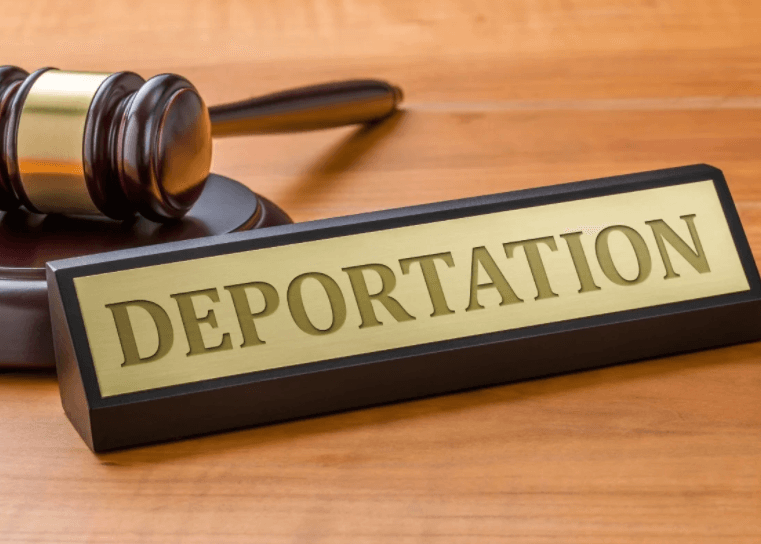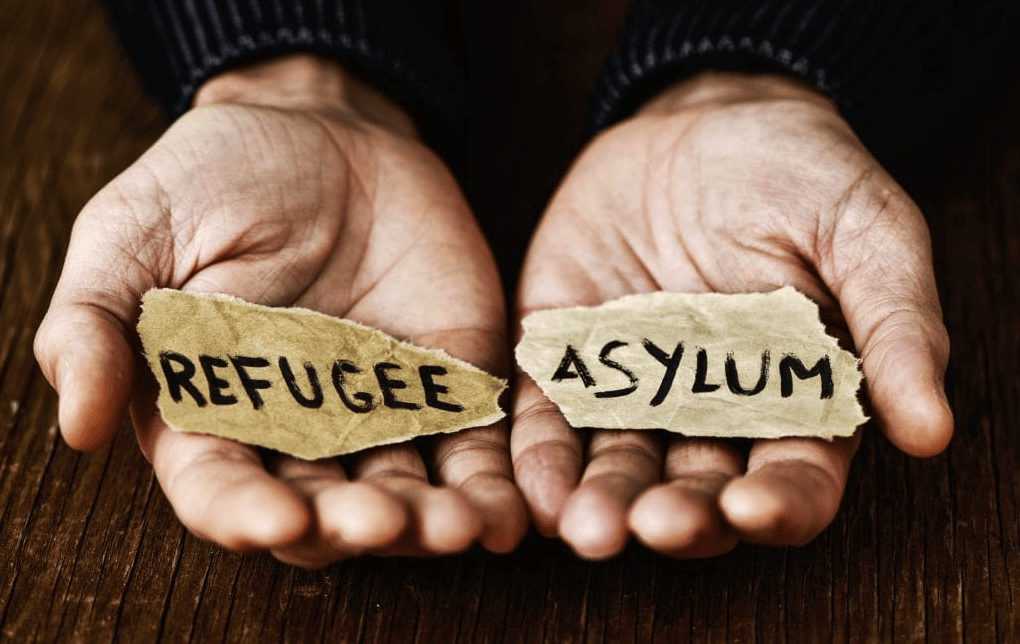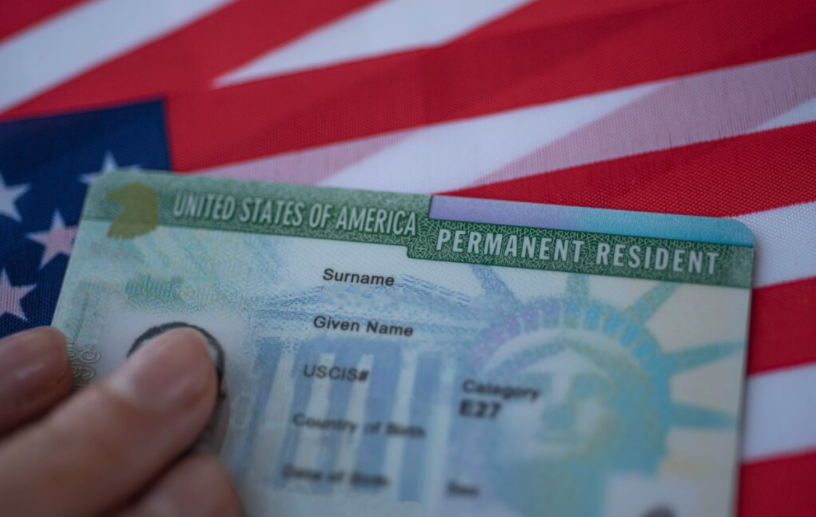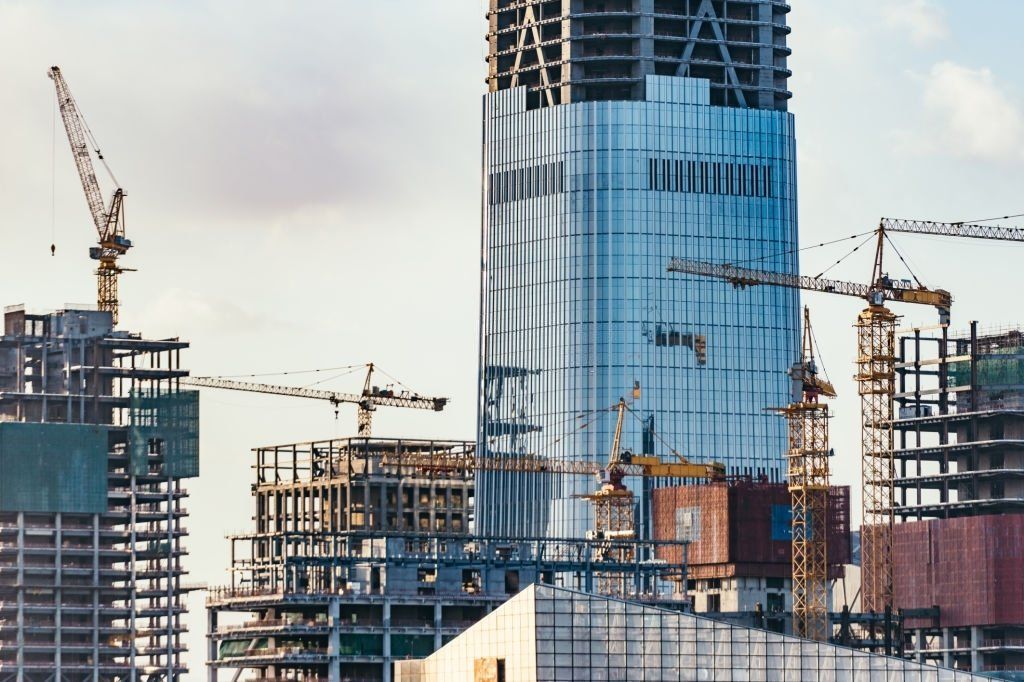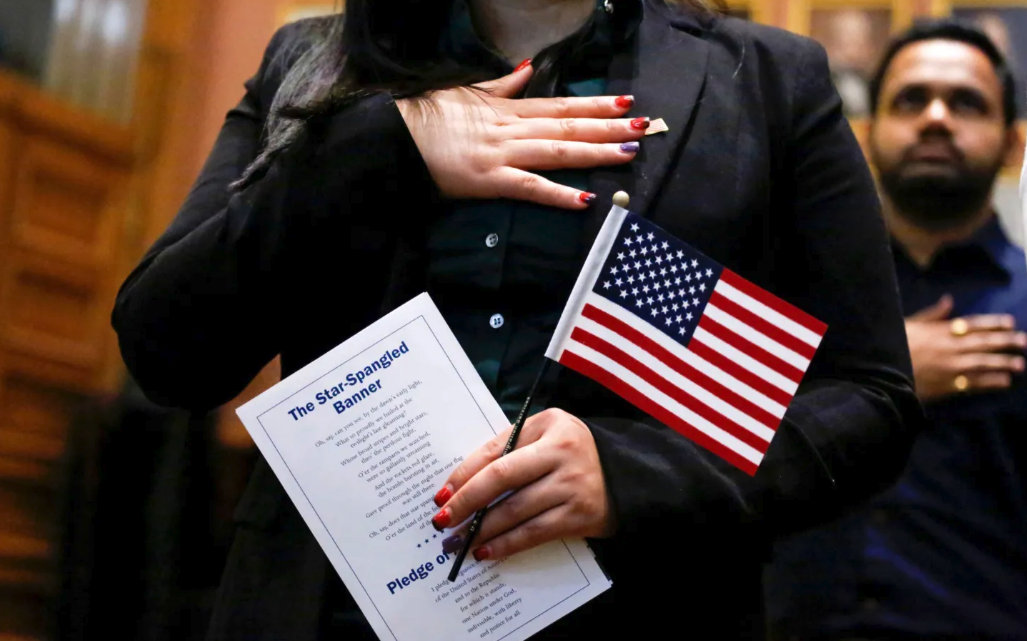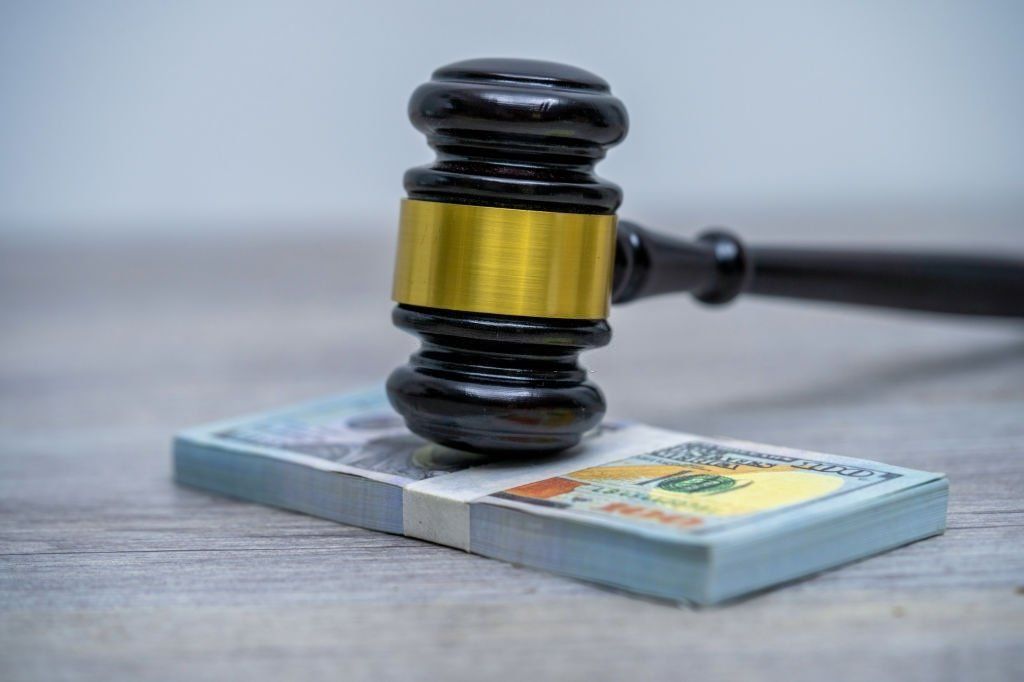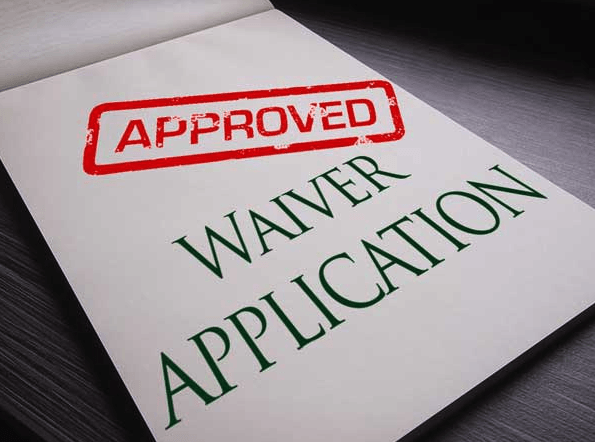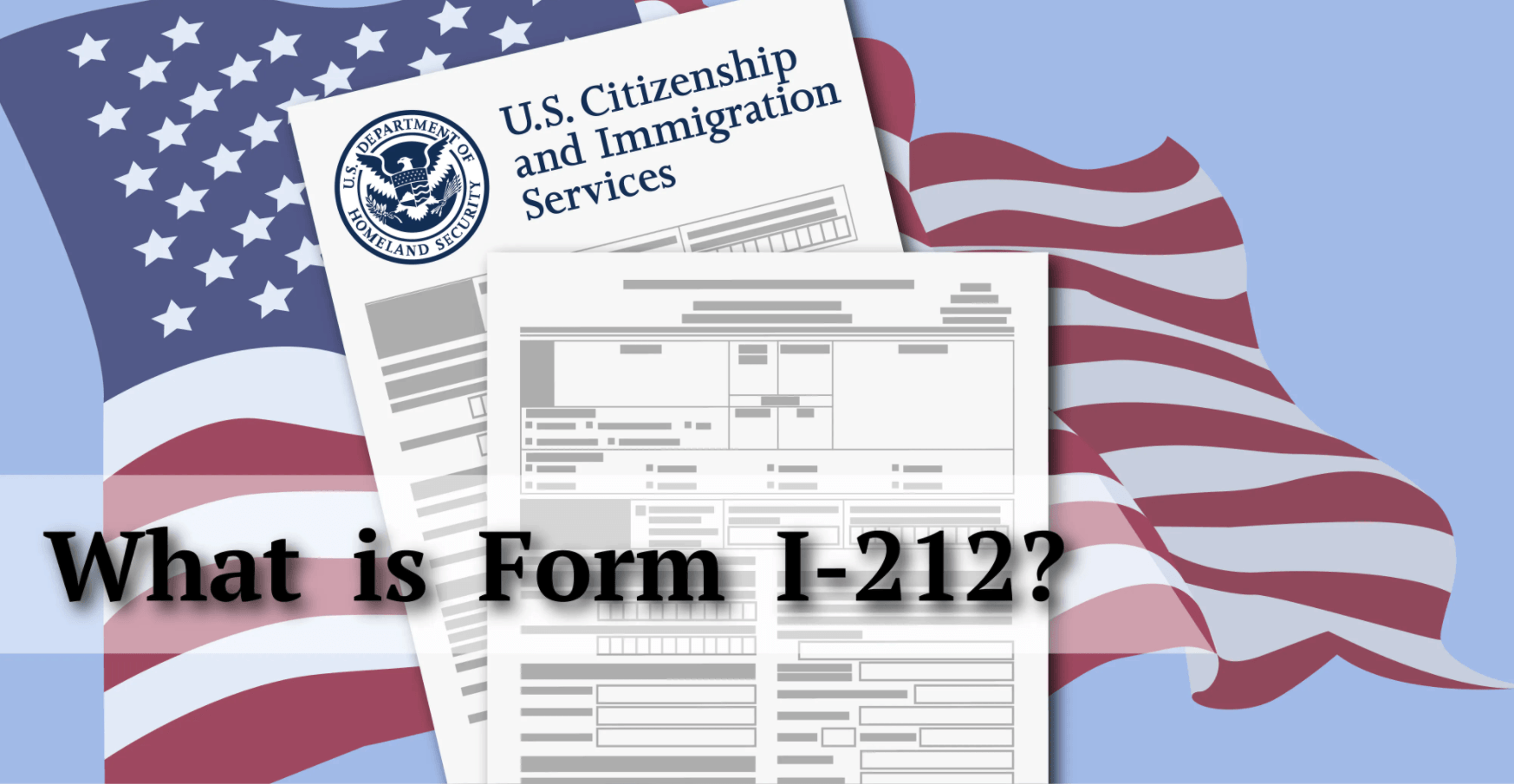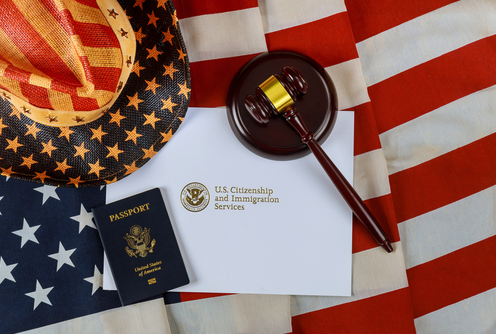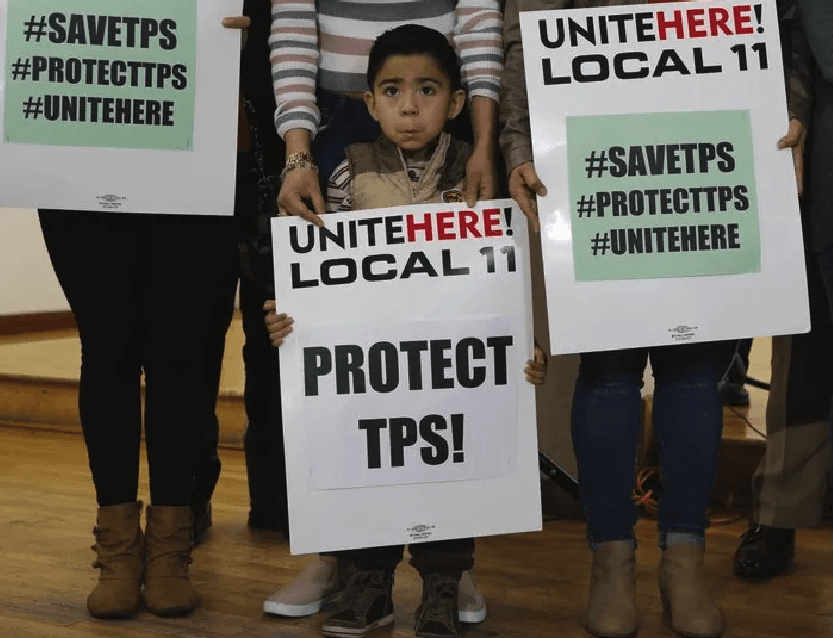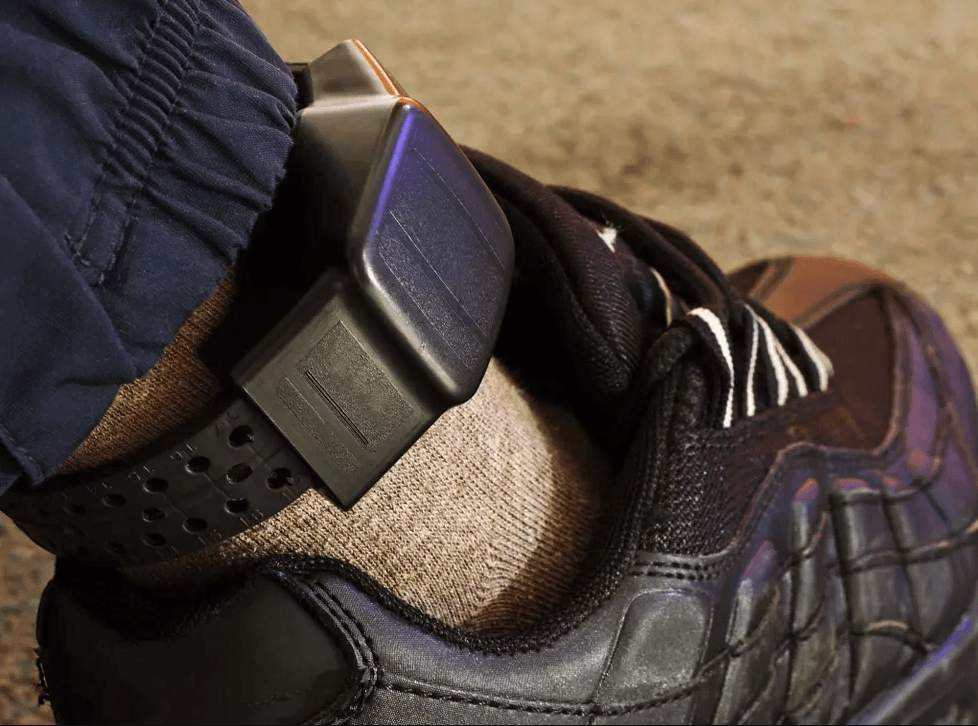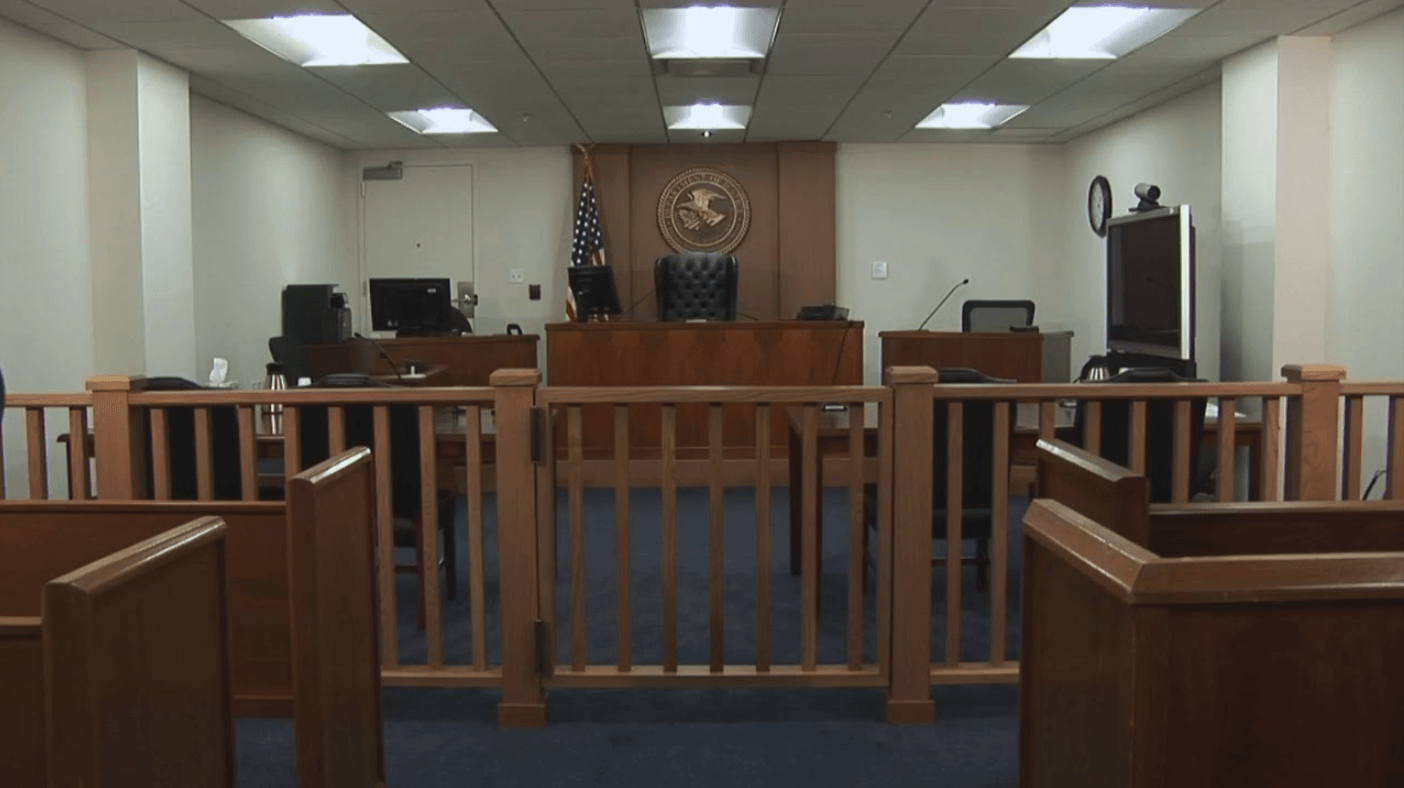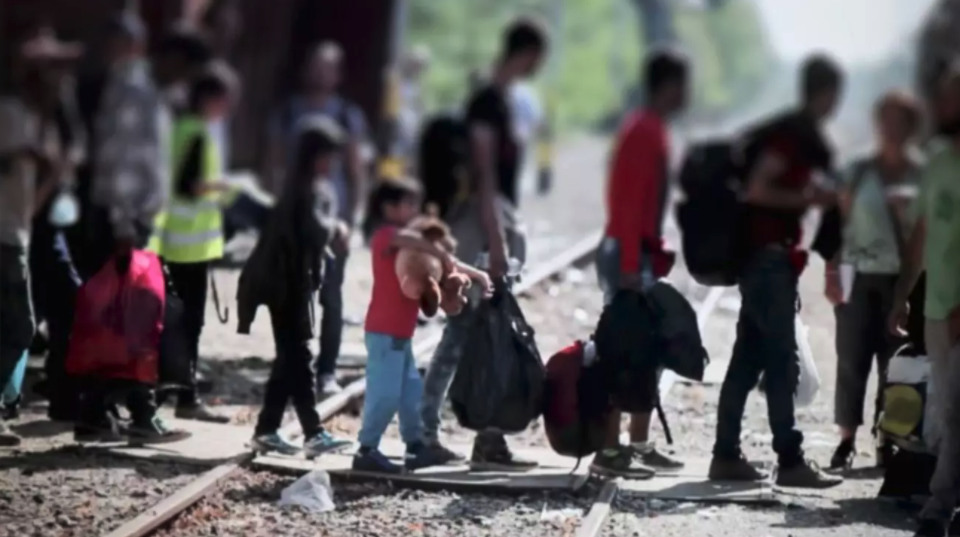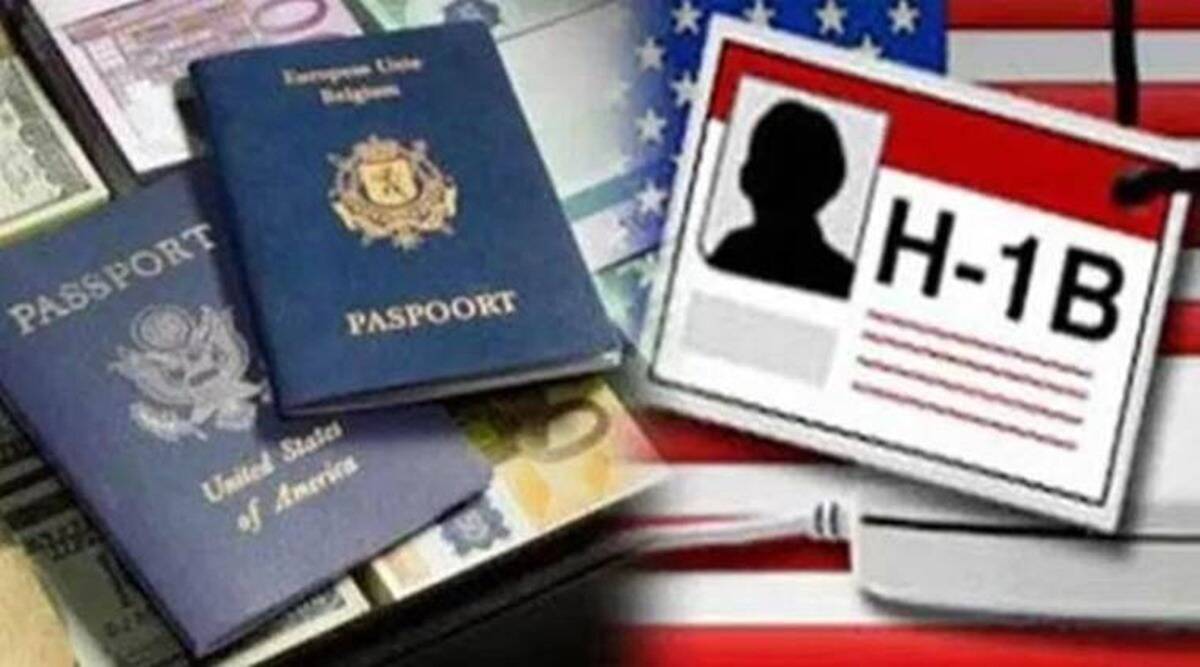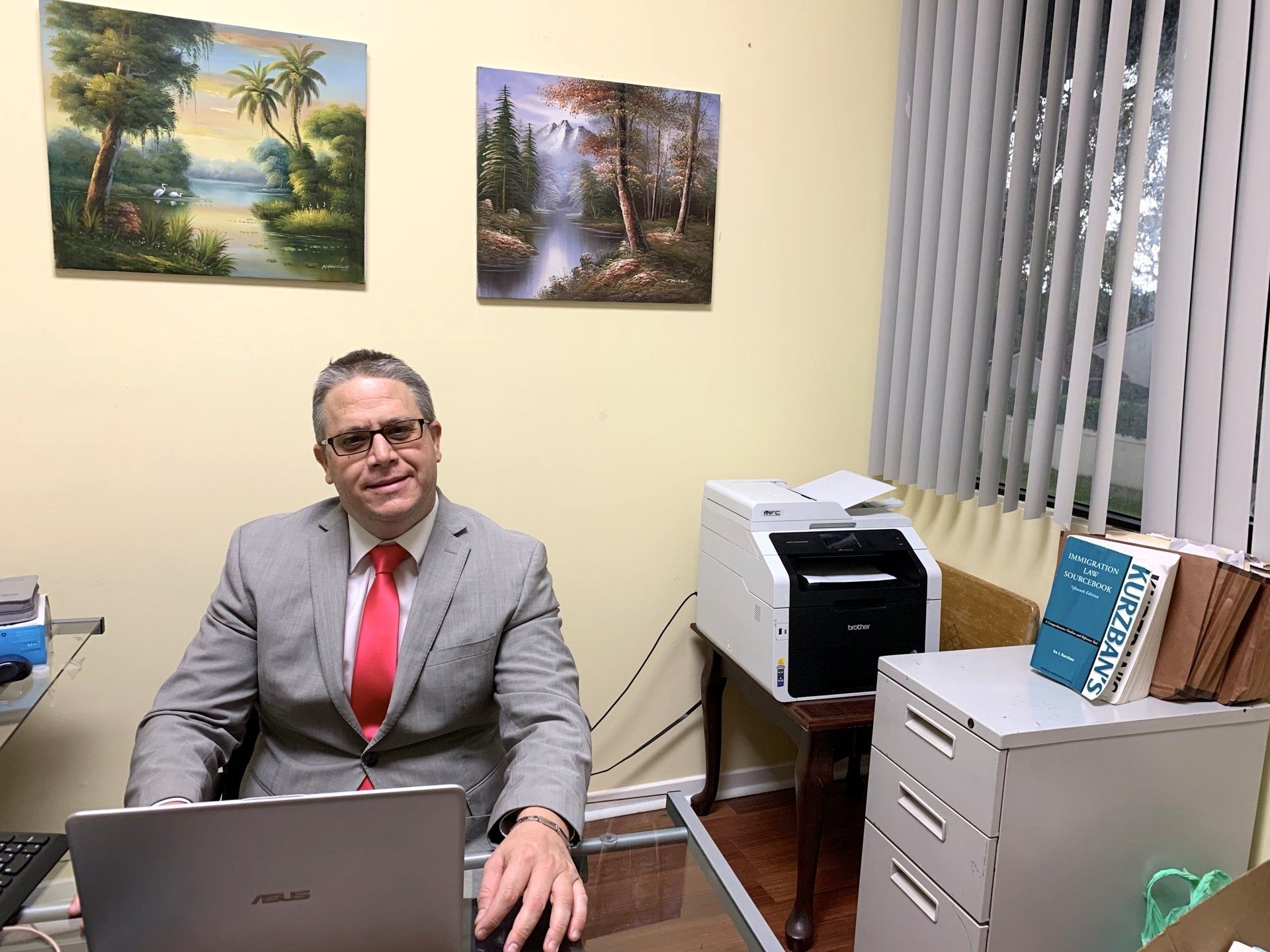Practice Areas in Hialeah
Immigration and Criminal Lawyer
Representation of detainees in Hialeah, FL.

In every area of immigration service we offer, we promise that you will receive competent and thorough legal representation. If the area of immigration law specialization you require is not covered below, please let us know via the contact form below and we will do our best to recommend you.
PRACTICE AREAS
Deportation Defense
Residence
Family Visas
Visas U | Visas T
Fraud Forgiveness
History of Hialeah
Hialeah is a city in Miami-Dade County, Florida, United States. With a population of 239,673 at the 2018 United States Census,[5] Hialeah is the sixth-largest city in Florida. It is a principal city of the Miami metropolitan area, which was home to an estimated 6,012,331 people at the 2015 census. It is located west-northwest of Miami, and is the only place in the county other than Homestead, Florida to have its own street grid numbered separately from the rest of the county (which is otherwise based on Miami Avenue at Flagler Street in Downtown Miami, the county seat). Hialeah has the highest percentage of Cuban and Cuban-American residents of any city in the United States, at 73.37% of the population, making them a typical and prominent feature of the city's culture.
All Hispanics make up 94.7% of the city's population, the second-highest percentage of Hispanic population in a U.S. city with over 100,000 residents. Hialeah also has one of the largest Spanish-speaking communities in the country. In 2016, 96.3% of residents reported speaking Spanish at home and the language is a major part of daily life in the city. Hialeah is served by the Miami Metrorail at the Okeechobee, Hialeah, and Tri-Rail/Metrorail transfer stations. The Okeechobee and Hialeah stations primarily serve as public transportation stations for commuters and residents going to downtown Miami, and the Tri-Rail station to Miami International Airport and north to West Palm Beach. The city's name is most commonly attributed to Muskogee origin, "Haiyakpo" (grassland) and "hili" (pretty) being combined into "Hialeah" to mean "pretty grassland."
Alternatively, the word is of Seminole origin and means "mountain prairie". The city is located on a large prairie between Biscayne Bay and the Everglades. The Seminole interpretation of its name, "High Prairie", conjures an image of the grassy plains used by native Indians coming from the Everglades to dock their canoes and display their wares to newcomers from Miami. This "high prairie" caught the attention of pioneer aviator Glenn Curtiss and Missouri cattleman James H. Bright in 1921. [6][7] Together, they developed not only the city of Hialeah but also the Hialeah Park Race Track. Tour bus group sponsored by real estate developers in Hialeah in 1921 In the early 1920s, Hialeah produced significant contributions to entertainment. Sport included the Spanish sport of jai alai and greyhound racing, and media included silent films such as D. W. Griffith's The White Rose which was made at the Miami Movie Studios located in Hialeah. However, the Miami Hurricane of 1926 put an end to many of these things. [6][7] In the years since its incorporation in 1925,[6] many historic events and people have become associated with Hialeah. The opening of the horse racing circuit at Hialeah Park Race Track in 1925 (which was nicknamed the "Grand Dame") received more coverage in the Miami media than any other sporting event in Dade County history up to that time and countless horse racing stories have since unfolded at the world-famous 220-acre (0.89 km2) park. [6]
It was considered one of the grandest thoroughbred horse racing parks with its stately Mediterranean-style architecture and was considered the Jewel of Hialeah at the time. [7][8] The grandeur of the park has attracted millions, including among them such world-renowned names as the Kennedy family, Harry Truman, General Omar Bradley, Winston Churchill, and J.P. Morgan. The Hialeah Park Race Track also has the dual distinction of being an Audubon Bird Sanctuary due to its famous pink flamingos and being listed on the National Register of Historic Places. Famed aviator Amelia Earhart in 1937 bid a final farewell to the continental United States from Hialeah when she departed on her ill-fated around-the-world flight in 1937. [6][7] While Hialeah was once conceived as a playground for the elite, Cuban exiles fleeing Fidel Castro's 1959 revolution, as well as World War II veterans and urban planners transformed the city into a working-class community. Hialeah historian Patricia Fernandez-Kelly explained that "it became an affordable Eden."
He further describes the city as "a place where different groups have left their mark while trying to create a taste of what life should be like." Several waves of Cuban exiles, beginning after the Cuban Revolution in 1959 and continuing through the Freedom Flights of 1965 to 1973, the Mariel boat landing in 1980, and the balseros or rafters of the late 1990s, created what at least one expert has deemed the most economically successful immigrant enclave in United States history, as Hialeah is the only American industrial city that continues to grow. [8] From a population of 1,500 in 1925, Hialeah has grown at a faster rate than most of the top ten largest cities in the state of Florida since the 1960s and holds the rank of the fifth-largest city in Florida, with over 224,000 residents. The city is also one of Dade County's largest employers. Predominantly Hispanic, Hialeah residents are characterized by having assimilated their cultural heritage and traditions into a hard-working, diverse community proud of its ethnicity and family-oriented neighborhoods. [6][7] In January 2009, Forbes magazine listed Hialeah as one of the most boring cities in the United States, citing the city's large population and anonymity in the national media. [9]
Source:*https://en.wikipedia.org/wiki/Hialeah,_Florida
We represent persons detained in
Immigration Detention Centers
| Detention Center | Address | Phone number |
|---|---|---|
| Baker County Facility | 1 Sheriff's Office Drive MacClenny, FL 32063 United States | Main Facility Phone: (954) 236-4900 Main Field Office Phone: (407) 440-5100 |
| Broward Transitional Center | 3900 N. Powerline Road Pompano Beach, FL 33073 United States | Main Facility Phone: (954) 973-4485 Main Field Office Phone: (954) 545-6060 |
| Glades County Detention Center | 1297 East SR 78 Moore Haven, FL 33471 United States | Main Facility Phone: (863) 946-1600 Main Field Office Phone: (954) 236-4900 |
| Krome North Service Processing Center | 18201 SW 12th Street Miami, FL 33194 United States | Main Facility Phone: (305) 207-2001 Main Field Office Phone: (954) 236-4900 |
USCIS NEWS
Free consultation*
(Call For Details).
We know it can be difficult to find the right immigration law firm. That's why we offer all new clients a free consultation of up to 1 hour.
We will discuss your case and together find the most appropriate strategy for your legal needs.




